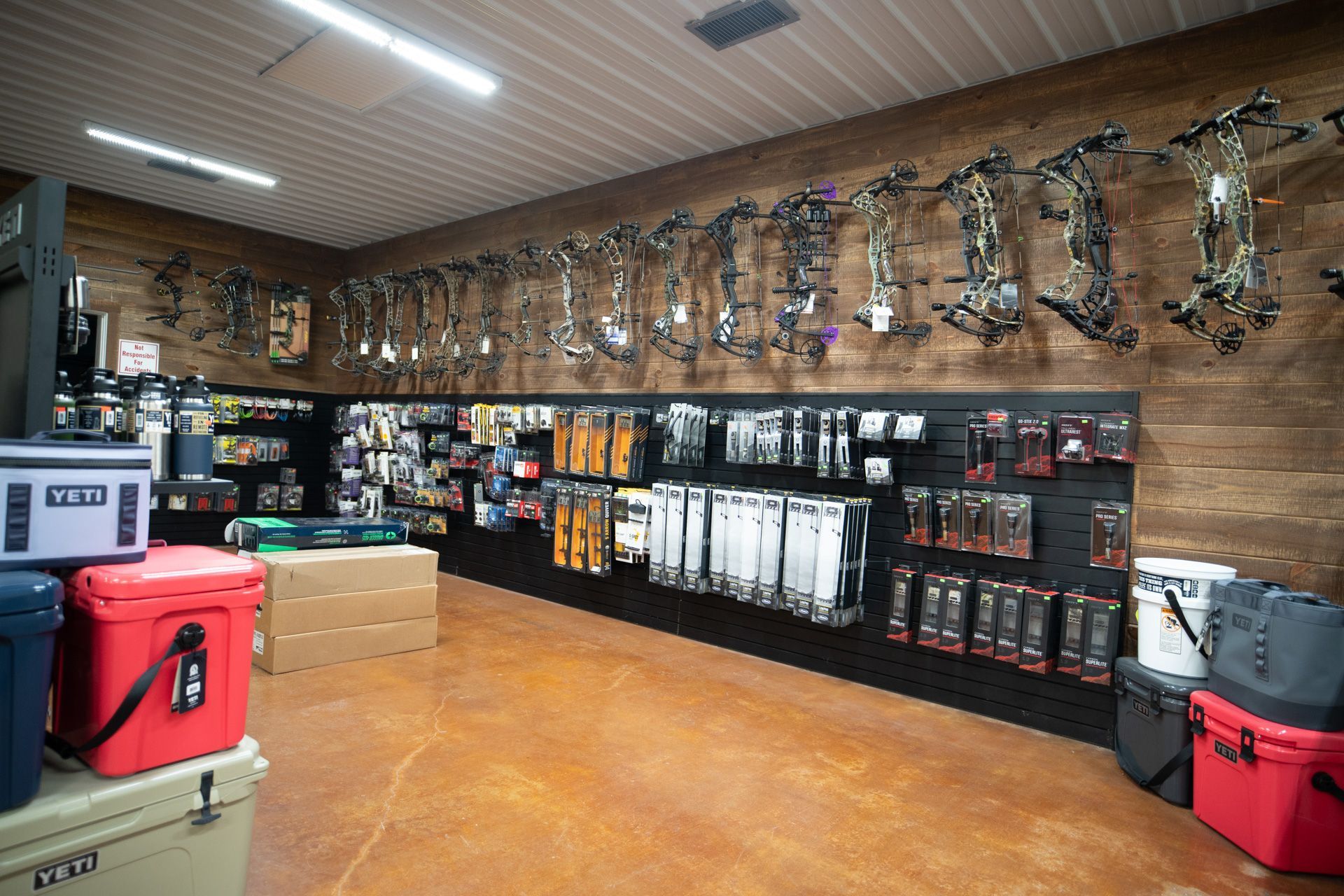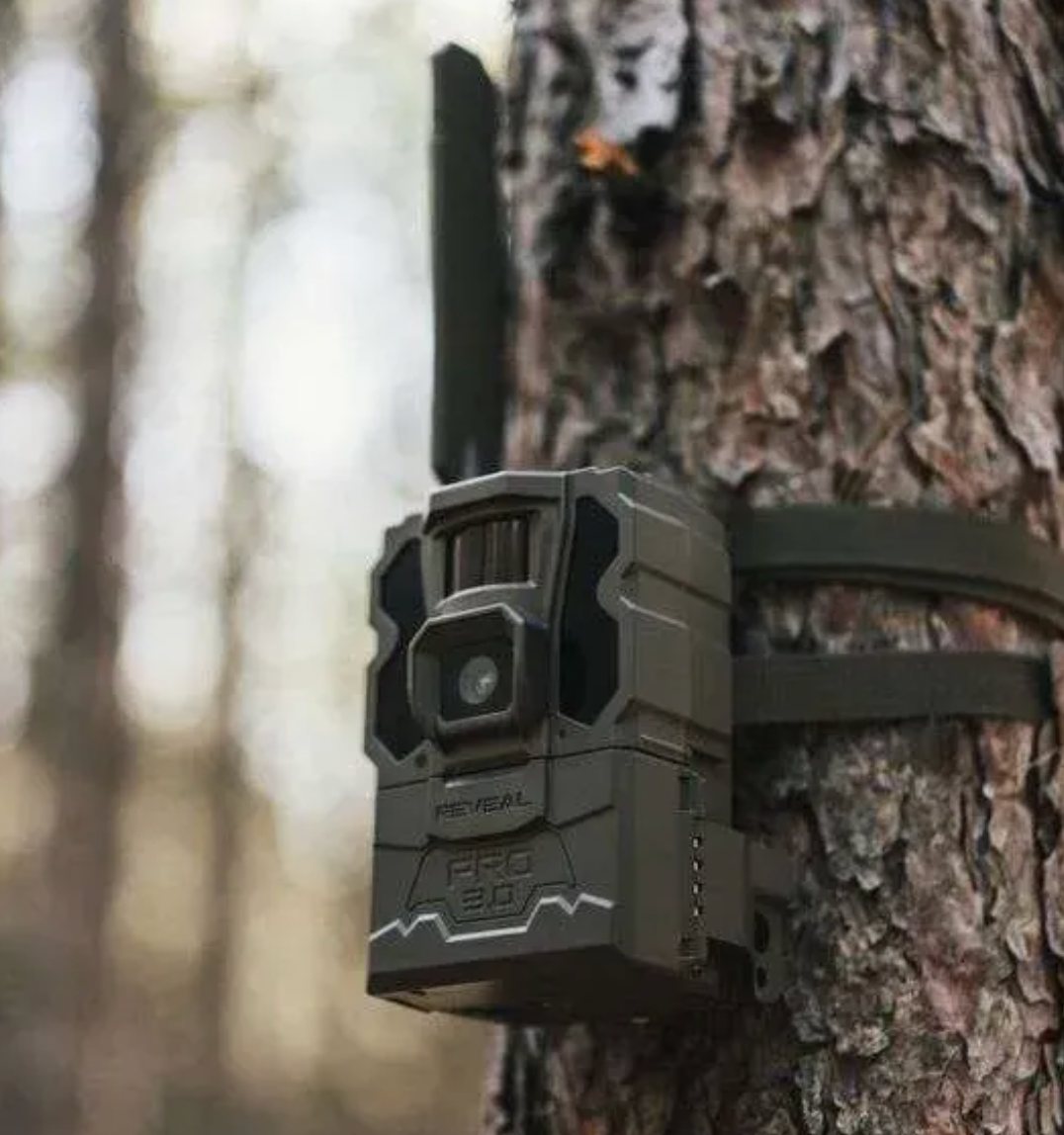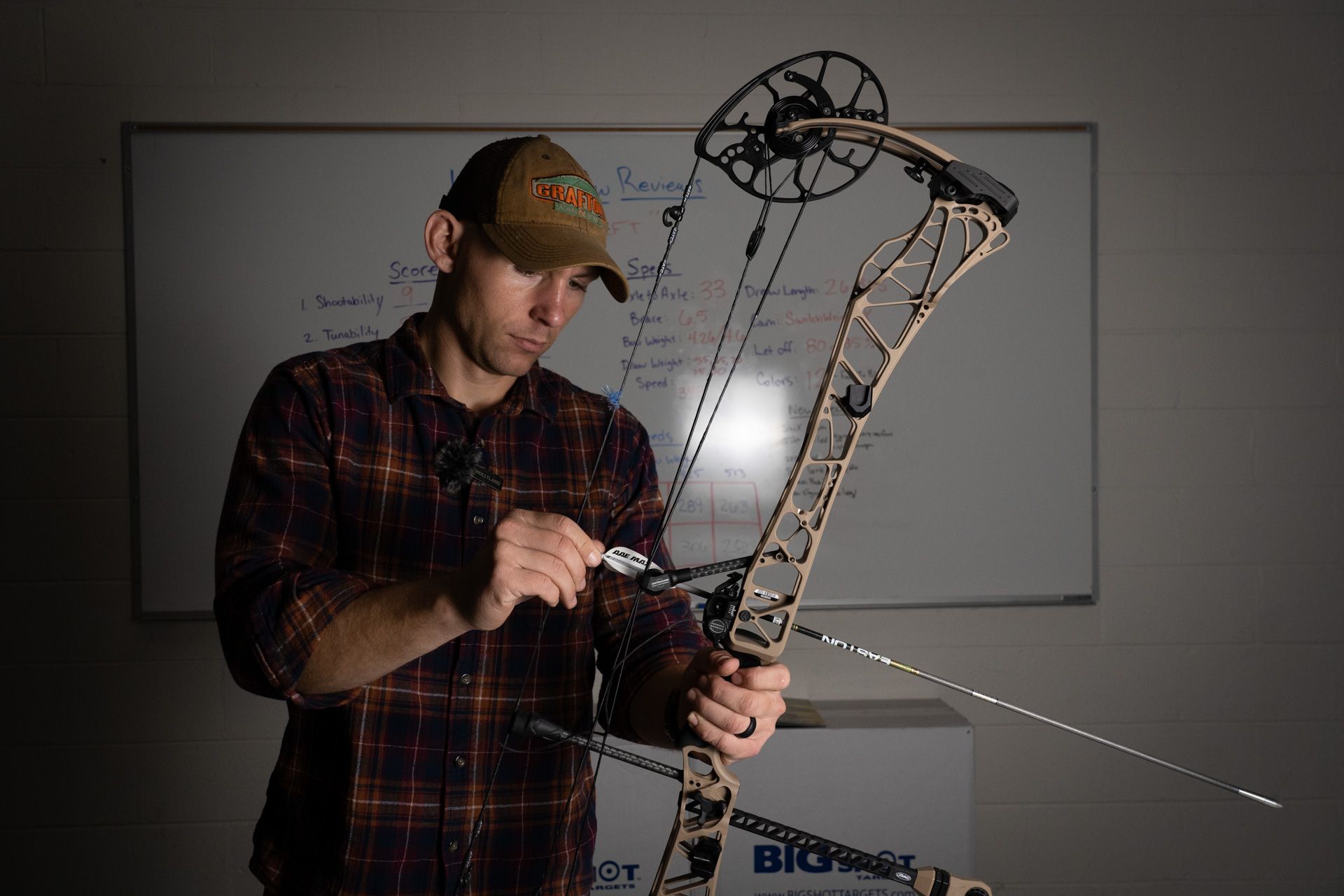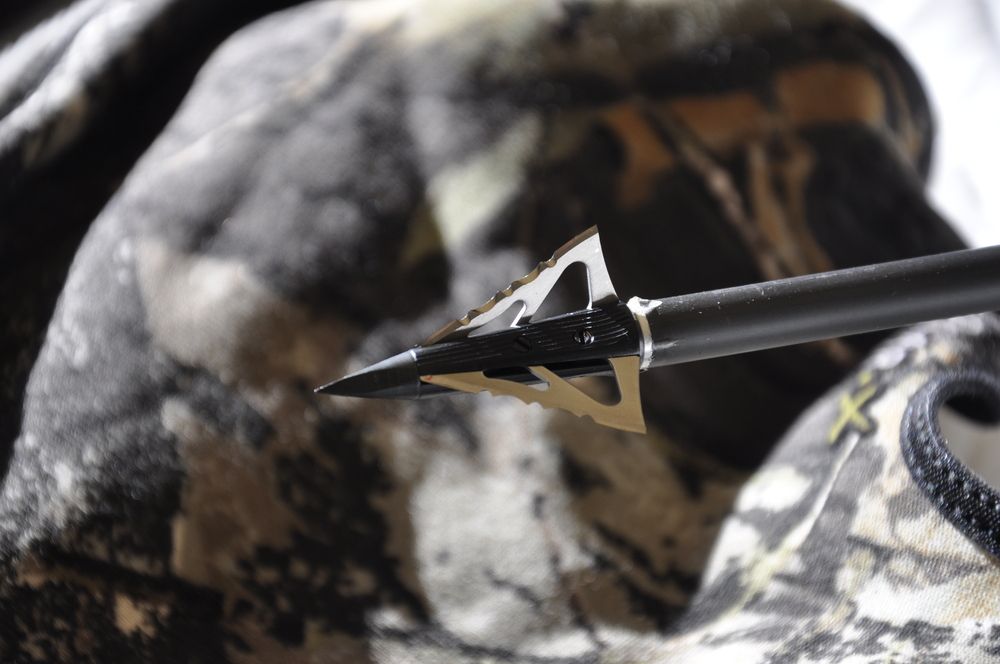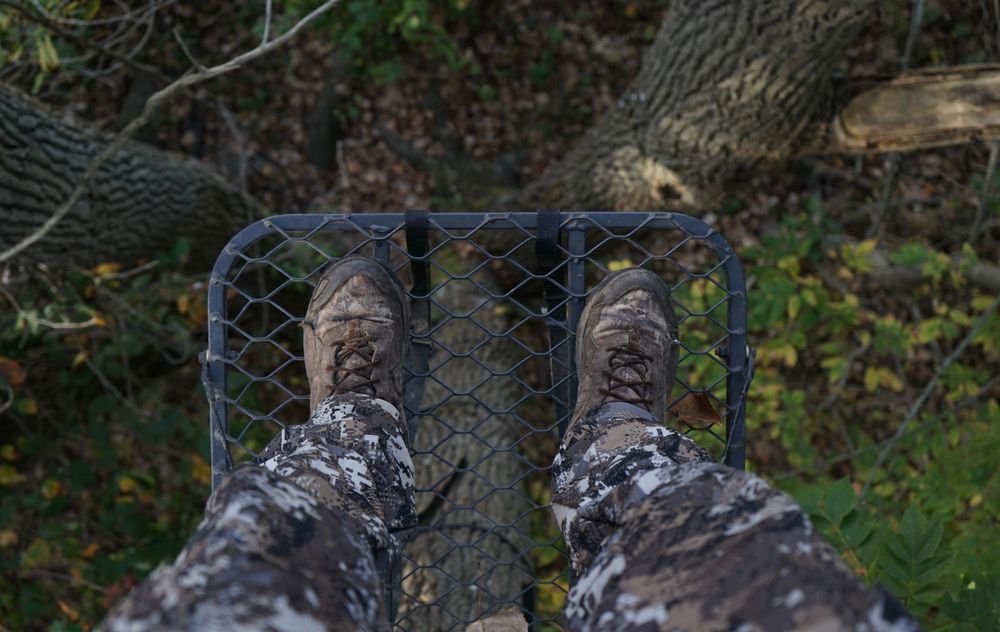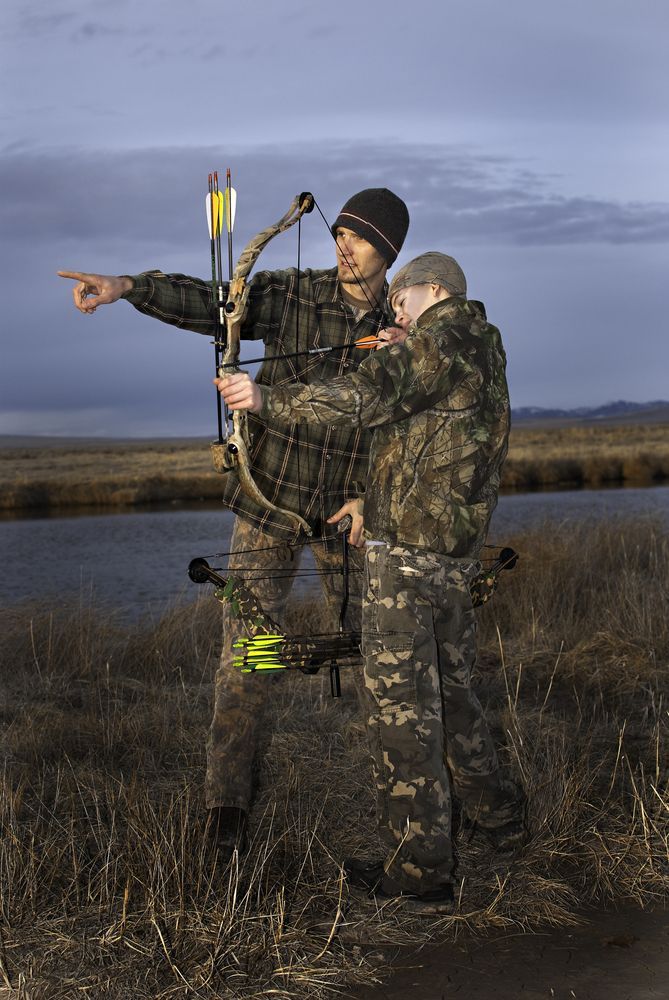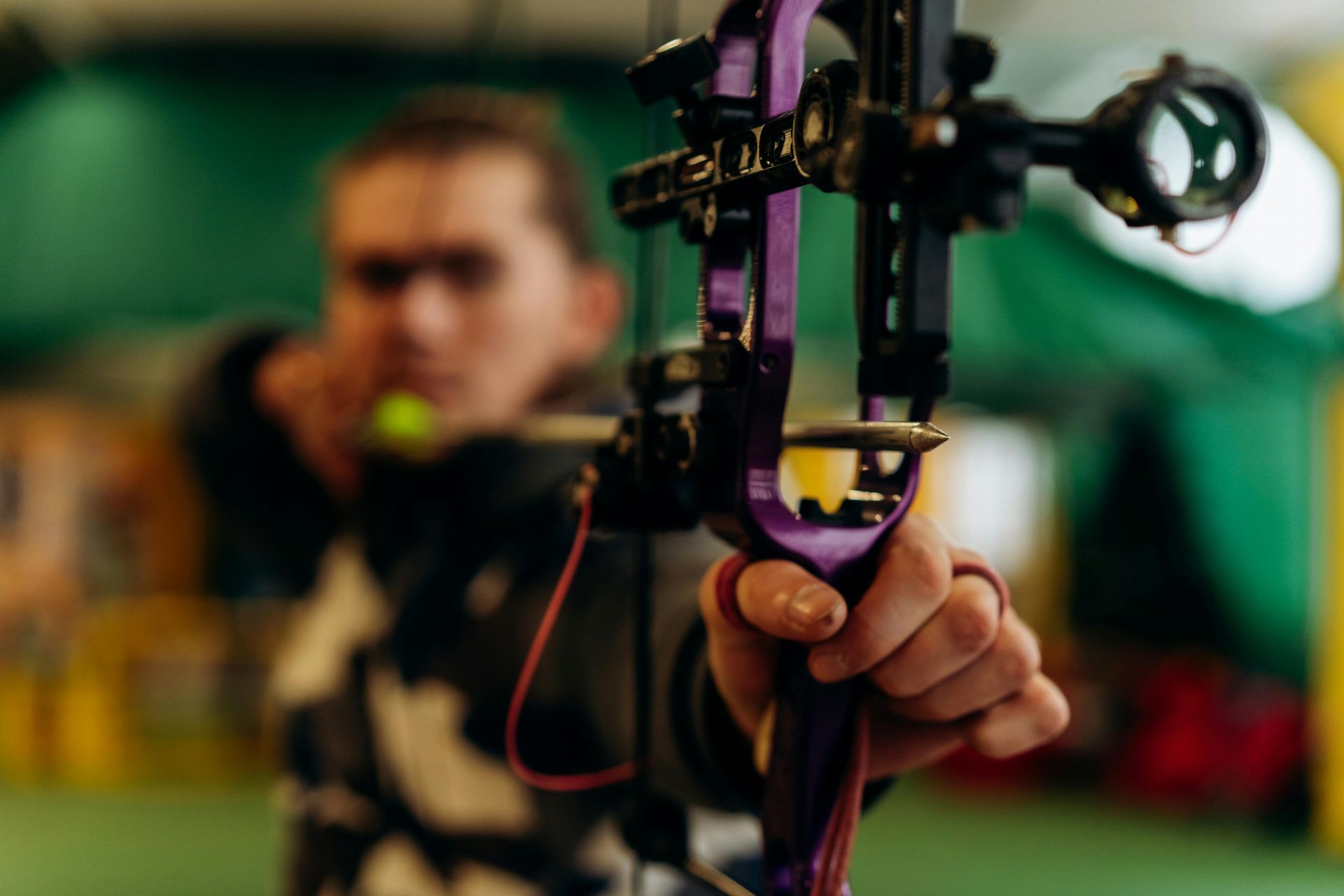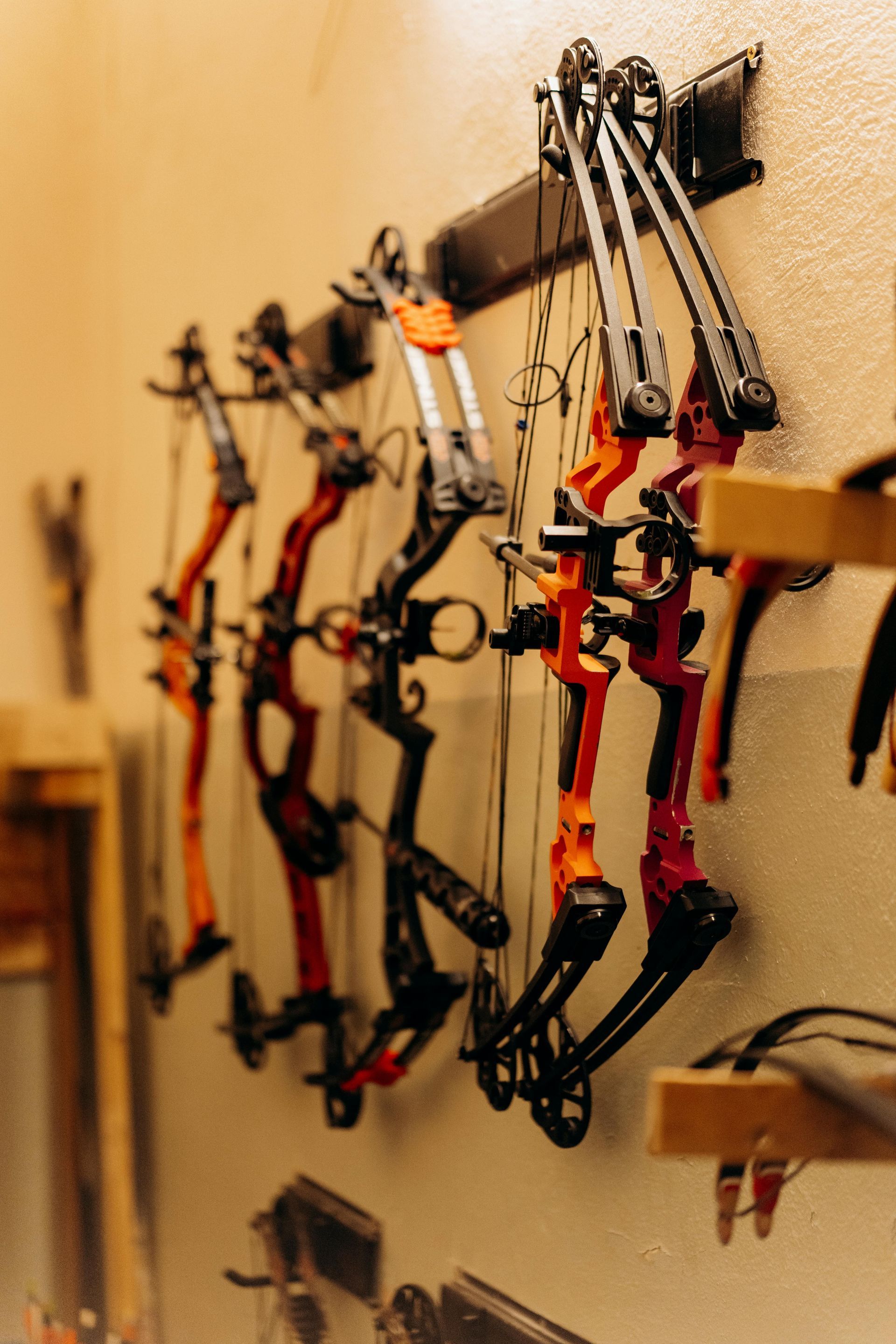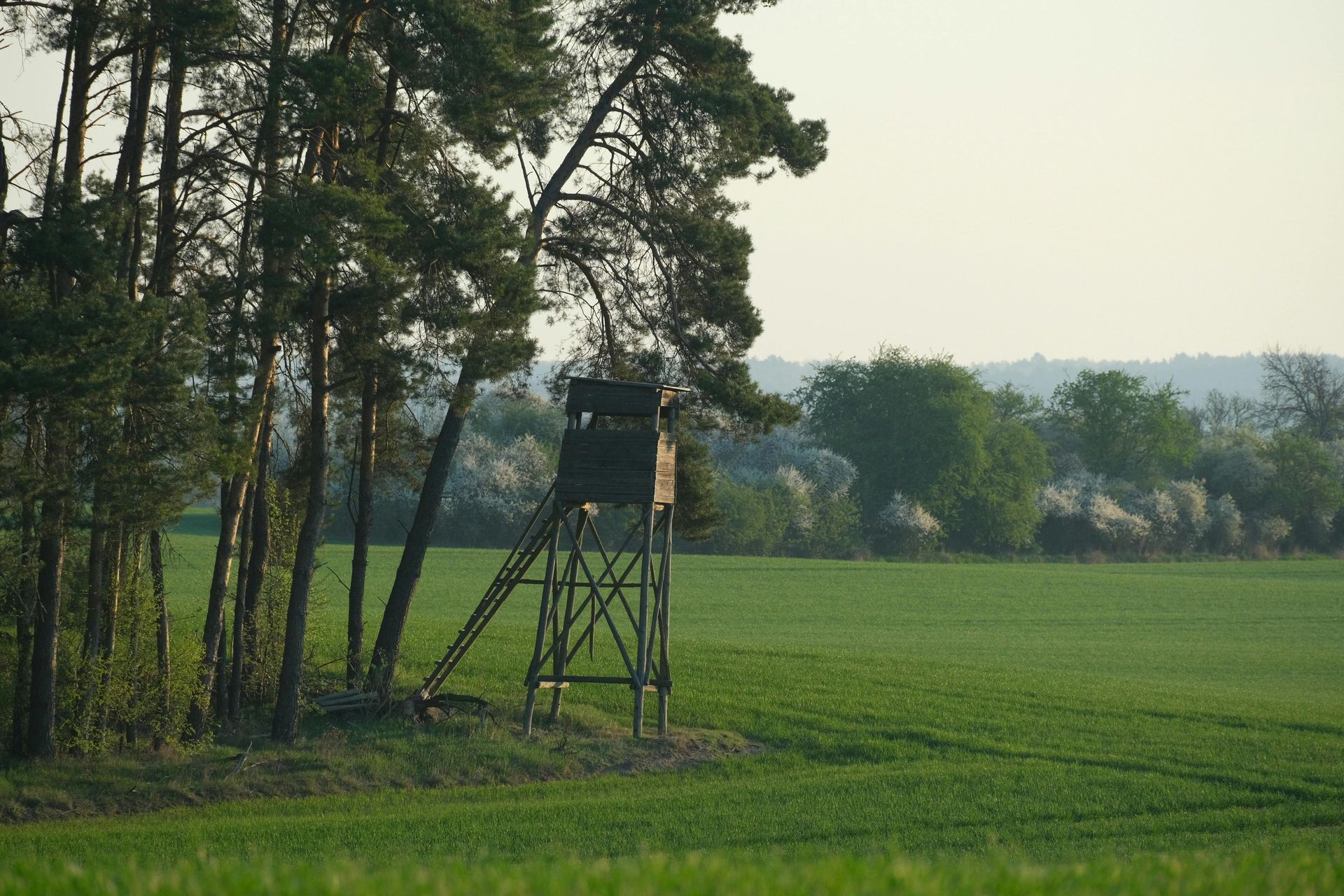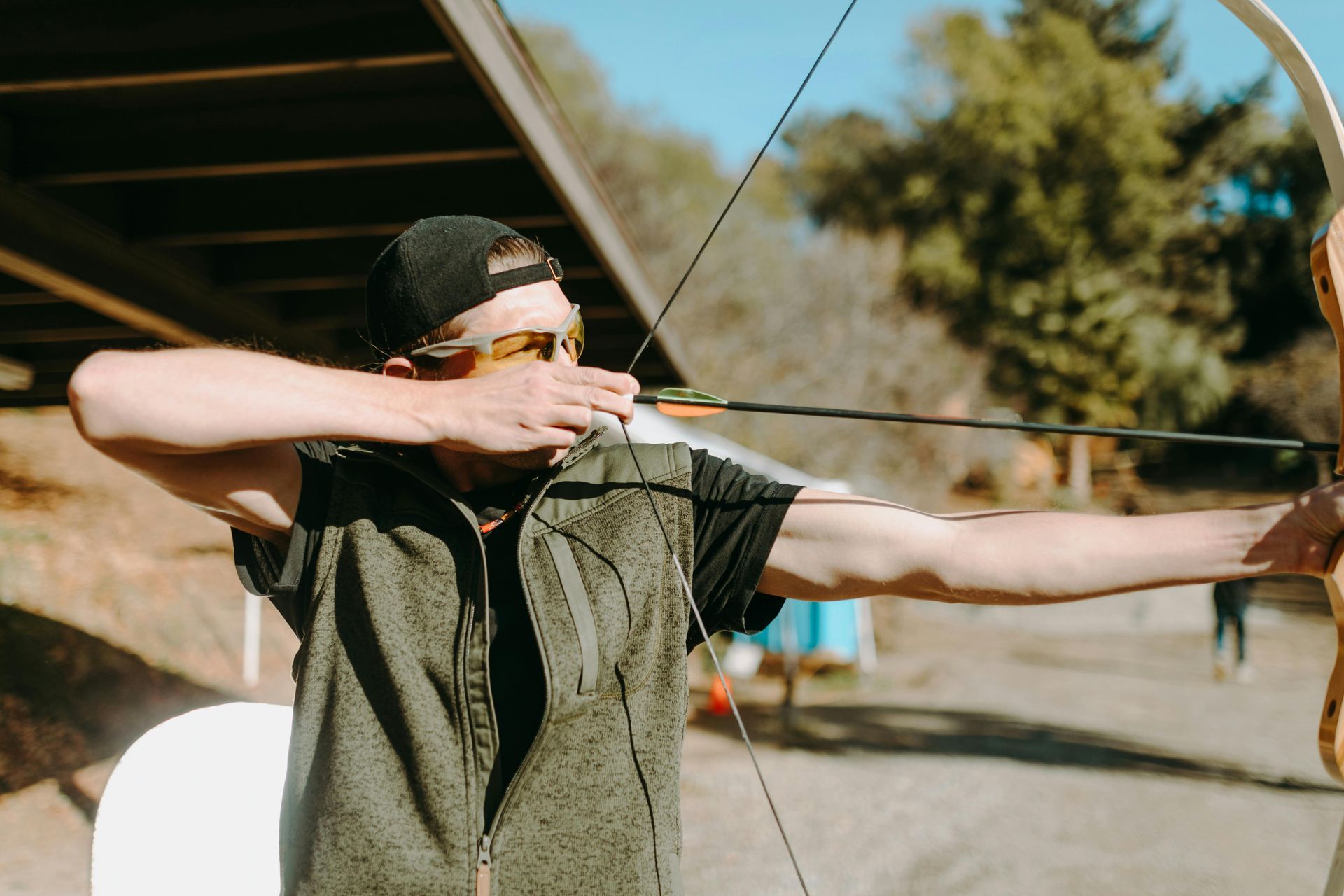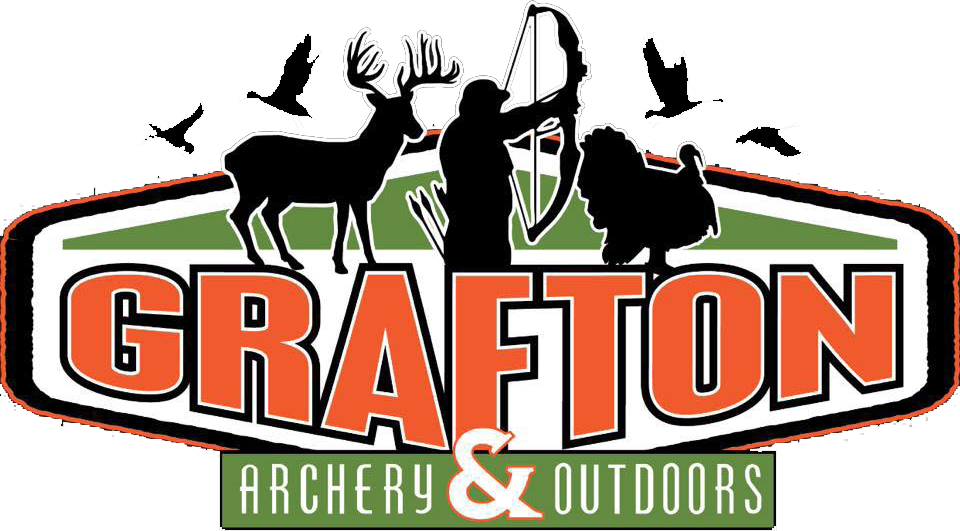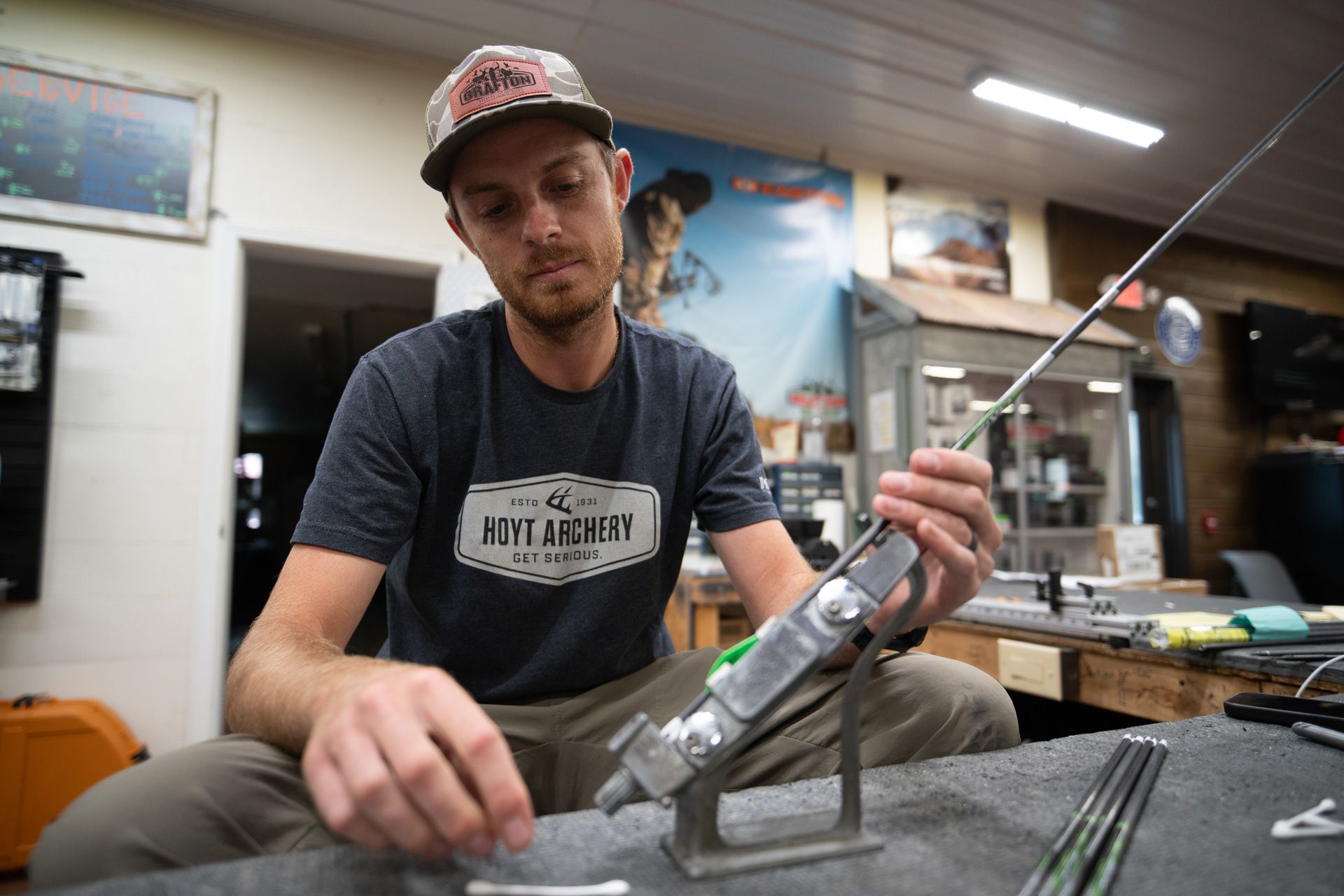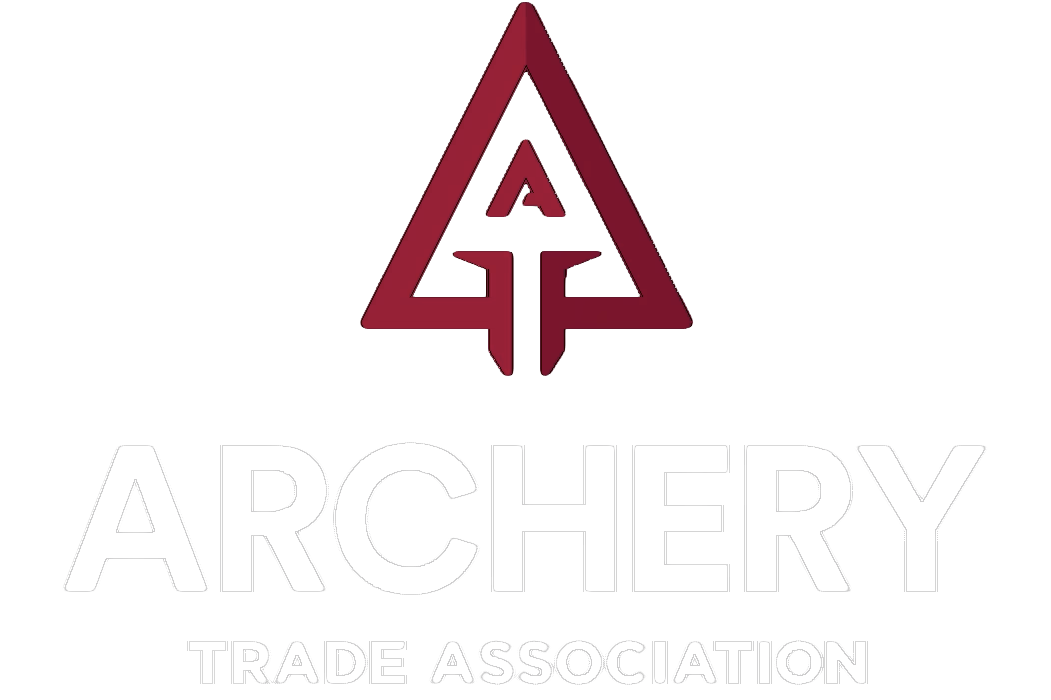Advanced Arrow Building: Spine Matching, FOC, and Weight Tuning
Grafton Archery & Outdoors
Every bowhunter knows that arrows are more than just sticks with fletchings. The arrow is the one piece of gear that actually makes contact with the animal, which means it has to be right. Many hunters buy arrows off the rack, screw on a broadhead, and call it good. But if you want consistency, penetration, and confidence when you draw back on a deer, you need to think about the details. That is where advanced arrow building comes in. Spine matching, front-of-center balance, and weight tuning all play critical roles in how your arrow flies and how it performs on impact.
Let’s start with spine. Spine is simply the stiffness of the arrow shaft. Every arrow has a rating that tells you how much it flexes when force is applied. The draw weight of your bow, the length of your draw, and the weight of your point all affect how much spine you need. Too weak of a spine and your arrow flexes too much, causing erratic flight. Too stiff of a spine and the arrow resists flexing, which also throws off consistency. Getting the right spine is not just about buying arrows labeled for your draw weight. It is about matching the entire system—your bow, your rest, your release, and your broadheads.
Even within the same dozen arrows, small variations in spine can make one or two arrows group differently than the rest. That is why spine matching is so valuable. At Grafton Archery & Outdoors, we can test shafts to identify those subtle differences and build a set where every arrow reacts the same way. When every arrow has matched spine, your groups tighten up and your confidence grows. There is nothing more frustrating than having one flyer in the bunch that never seems to hit where the others do. Spine matching solves that problem.
Next, let’s talk about front-of-center, often called FOC. This is a measure of how much weight is concentrated toward the front of your arrow. A higher FOC means more of the arrow’s mass is at the broadhead end, which generally leads to better penetration and more stable flight. A lower FOC can give you a flatter trajectory but may not hit as hard. Most bowhunters aim for an FOC between ten and fifteen percent. Getting that balance right depends on your arrow length, shaft weight, insert weight, and broadhead weight.
The tricky part is that FOC is not just about numbers. It is about how your arrow behaves out of your bow. Too much weight in the front can cause arrows to nose-dive and lose speed. Too little and the broadhead may not stabilize quickly enough, leading to erratic flight. That is where testing comes in. By trying different insert weights, broadhead weights, or even lighted nocks in the back, you can fine-tune your FOC until your arrows fly straight and hit hard. It is a process of balancing speed, accuracy, and impact, and every hunter has a sweet spot that feels right for their setup.
Weight tuning goes hand-in-hand with both spine and FOC. The total weight of your arrow affects everything from velocity to kinetic energy to penetration. Lighter arrows fly faster, which can make judging yardage errors more forgiving. Heavier arrows fly slower but carry more momentum into the target. Neither option is automatically better—it depends on your goals. For whitetail hunting in North Carolina, many hunters find that a slightly heavier arrow with a solid FOC provides the best combination of accuracy and penetration. For western hunts where shots are longer, a flatter trajectory may take priority.
Weight tuning is also about consistency. Arrows that vary in total weight by even a few grains can hit differently at distance. That is why advanced arrow builders weigh every component—shafts, inserts, nocks, vanes, and points—before putting a dozen arrows together. By sorting and matching, you end up with a set of arrows that weigh almost exactly the same. When you shoot them, they all land where they should, not spread out because one arrow happened to be five grains heavier than the others.
For most hunters, building arrows at this level is overwhelming to do alone. It requires scales that can measure to a tenth of a grain, spine testers, and a lot of time. But it makes a world of difference in the field. At Grafton Archery & Outdoors, we help hunters with exactly this process. We can measure your draw length, assess your bow’s output, and design an arrow setup that maximizes your performance. We do the testing, the matching, and the tuning so that when you walk out the door, every arrow in your quiver is built for your bow and your hunt.
There is also something satisfying about knowing your arrows are custom built for you. Off-the-shelf arrows will work, but they are designed to be a one-size-fits-all solution. When you have a set tuned to your exact specs, it changes the way you shoot. You stop second-guessing. You know that if you miss, it is on you, not on your equipment. That kind of confidence leads to better shooting, which leads to better results.
Another benefit of custom arrow work is durability. Arrows that are tuned properly take less stress on impact and in flight. That means fewer broken shafts, fewer bent inserts, and fewer ruined arrows after a single hunt. Over time, that saves money, even if the upfront investment is a little higher. Plus, when you are shooting arrows that you trust, you are more likely to practice more, which makes you a better hunter.
If you are interested in experimenting with your own arrows, start by looking at your current setup. Weigh a few of your arrows to see if they are consistent. Check your groups at longer ranges to see if certain arrows hit differently. Think about your penetration on past hunts—were your arrows passing through, or did they stop short? These observations will help you figure out where you might need more spine, more FOC, or different total weight.
But the easiest path is to bring your setup into the shop. We have the tools to measure everything precisely, and we can walk you through the changes that will help the most. Whether it is adding weight up front, matching your spine, or building a completely new set of arrows, we can guide you through the process. Advanced arrow building may sound complicated, but with the right help, it is just another step toward becoming a more confident and effective hunter.
In the end, arrows are not just accessories. They are the key to your success. When they are built right, they fly straighter, hit harder, and give you the consistency you need when the shot matters most. If you want to take your hunting to the next level, now is the time to look closer at your arrows. Come see us at Grafton Archery & Outdoors and let us help you build arrows that match your bow, your hunt, and your goals. The next time you release an arrow, you will know it is flying exactly the way it should.
